Number
Fraction and percentage - WJEC
Fractions and percentages represent part of a whole number. They can be used to increase or decrease a value by a given proportion.
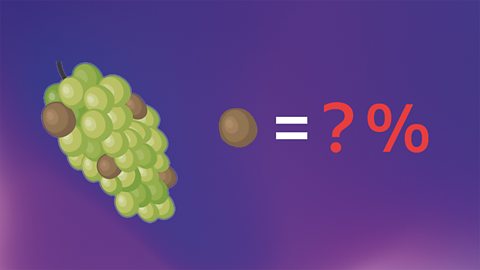
Ratio - WJEC
Ratios show the relationship between two values. They may be in direct proportion and increase as the other increases, or they can be in inverse proportion; as one increases the other decreases.
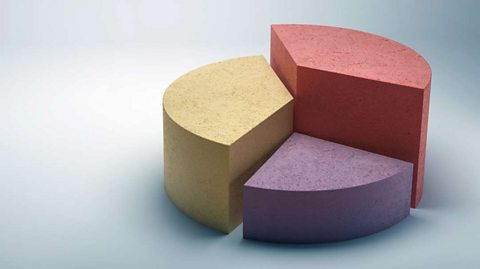
Timetables and schedules - WJEC
From planning a journey by bus or train to organising what to watch on television or booking a summer holiday, timetables and schedules help us to navigate the world and plan our time accordingly.

Personal finance - WJEC
From opening your own bank account to managing your money successfully, you will learn to handle your personal finances carefully and ensure that you are always able to manage repayments for loans.

Household finance - WJEC
Buying or renting a home can be an expensive task. Thinking about the maths behind household finance now will help you in the future when you move into your own property.

Percentage change - WJEC
Percentages can be used to increase or decrease a quantity relative to its size. Shops reduce their goods by a percentage and the government increases the cost of goods by adding on a percentage tax.

Foreign money and exchange rates - WJEC
When going abroad you need to change money to the currency of the country you are visiting. It is important to know the exchange rate and amount of commission charged to get the best possible deal.
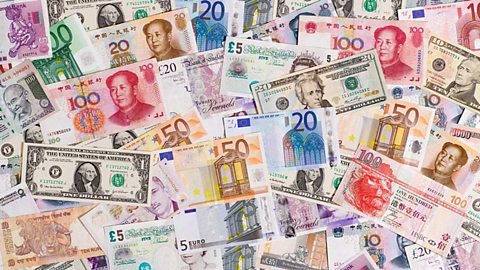
Business finance - WJEC
Learn all about finance in the business world. Could you be the next entrepreneur to make millions? Mathematics plays an essential part in business.

Approximate measurements - Intermediate & Higher tier - WJEC
Measurement is essential for many trades and careers. An understanding of the fact that all measurements are approximate may prevent you from making any mistakes.
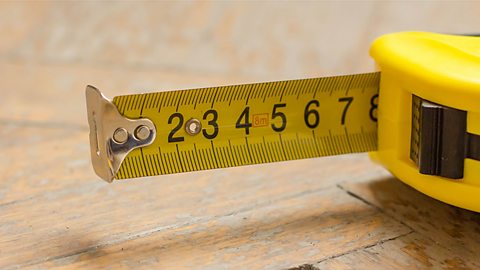
Venn diagrams - WJEC
Venn diagrams are a useful tool in the world of statistics. Once you have got to grips with these, you will be able to arrange all sorts of groups and sets.
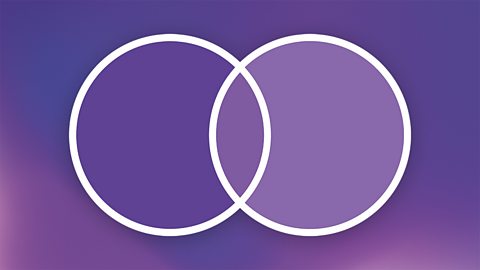
- 10 videos

Algebra
Graphs - WJEC
Graphs can be used to present data clearly and as a tool to aid calculations in the form of conversion graphs and travel graphs. Sometimes graphs can be used to misrepresent data.
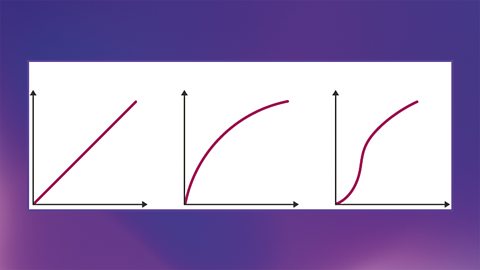
Constructing and using tangents - Higher tier only - WJEC
Whether it is to complete geometrical work on circles or find gradients of curves, being able to construct and use tangents as well as work out the area under graphs are useful skills in mathematics.

Formulae - WJEC
Formulae are used in everyday life to calculate quantities such as wages or costs. These costs will vary depending on factors such as number of hours worked or days of hire needed.
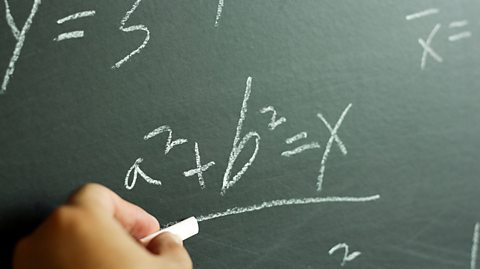
- 2 videos

Geometry and Measure
Loci and constructions - WJEC
To draw constructions you need a pencil, ruler and a pair of compasses. Loci are used to identify areas that satisfy criteria such as a given distance from a point or halfway between two lines.
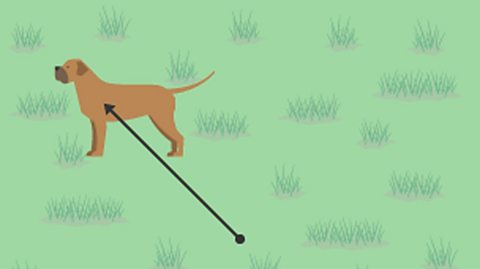
Pythagoras' theorem - Intermediate & Higher tier - WJEC
Pythagoras’ theorem allows us to calculate lengths in right-angled triangles. Right-angled triangles are seen in everyday life – from the dimensions of a television to a ladder resting against a wall.
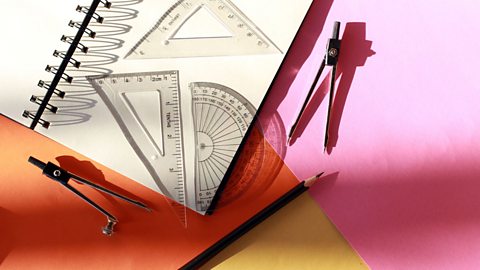
Trigonometry – Intermediate & Higher tier - WJEC
Trigonometric relationships are very important in the construction and planning industry and allow precise calculation of unknown lengths and angles.
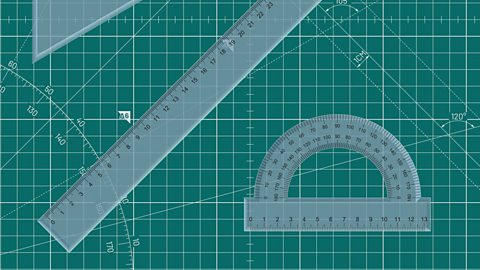
Enlargements/Similar shapes - Intermediate & Higher tier - WJEC
Scale factors ensure that a shape stays in the same proportions when the size is changed. This may be important when resizing photos or company logos to ensure the image does not become distorted.

Maps - WJEC
Maps and scale drawings form a crucial part of everyday life. Scale drawings are useful in a variety of careers from surveyors, to town planning and architecture. We also need to understand bearings.

Conversion between metric and imperial units - WJEC
With international collaboration so important to industry and the economy, it is vital to be able to convert between metric and imperial units. Read through this GCSE maths study guide and learn how to convert kilometres to miles, calculate centimetres and millimetres to inches and feet, and learn the differences between litres, pints and gallons.

Dimensional analysis - Intermediate & Higher tier - WJEC
Dimensional analysis allows us to make inferences and deductions about formulae. It provides us with an alternative way to check our own calculations and those of others.

Compound measures - WJEC
Compound measures are types of measure that involve two or more different units. Examples of compound measures include m/s, g/cm³, population per km² and miles per gallon.

Perimeter and area - WJEC
Knowing how to find the perimeter or area of a shape can be useful in everyday life - from wrapping a present to buying a carpet. Use it in calculations to find the amount of materials needed or cost.

Surface area and volume - WJEC
We can calculate the volume of 3D shapes to find their capacity or the amount of space they occupy. We can also find the surface area which indicates the total area of each of their faces.

- 7 videos
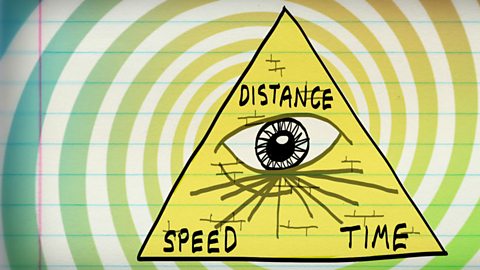
Statistics
Sampling data - Intermediate & Higher tier - WJEC
Sampling helps estimate the characteristics of a large population through the use of a smaller representative group. This can be useful in market research, medical testing, and product development.

Cumulative frequency – Intermediate & Higher tier - WJEC
Cumulative frequency tables are often used to display large data sets of continuous or discrete data. Histograms are used to display data when the group sizes are different.
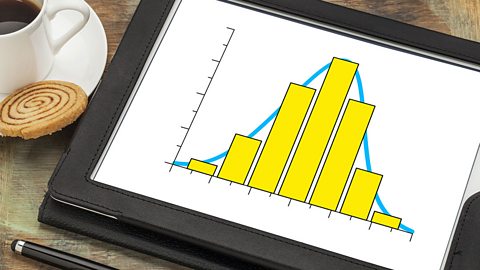
Averages and range - WJEC
Averages are used in everyday life to give us information about a set of numerical data, give an overview of the values seen and tell us the most common outcome. Range measures the spread of the data.
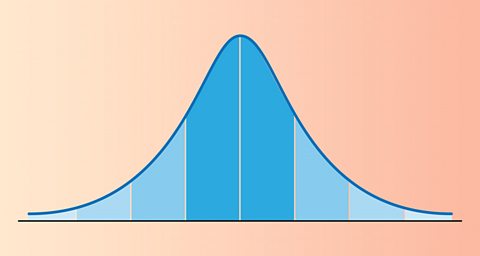
Range and box-and-whisker plots - WJEC
Calculation of range and median along with Box-and-whisker plots and Cumulative frequency tables are effective ways to compare distributions and to summarise their characteristics.
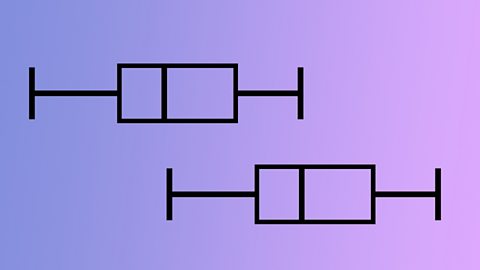
Discussing results - WJEC
Graphical representations of data are common in today’s society. Understanding and interpreting graphs correctly is a vitally important skill useful in different walks of life.
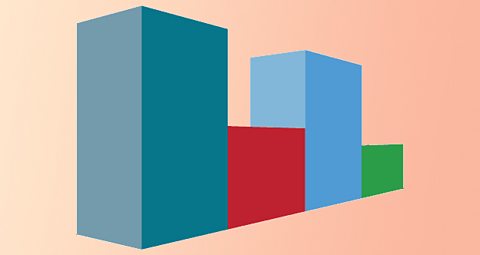
Mean, median and mode. Video
An animated guide to mean, median and mode.

Links
- External linkExternal link